As usual, I’m including my disclosure up front. The information I am providing is generic information that I believe is accurate. By no means, however, Am I guaranteeing the accuracy of this information, nor am I suggesting that you owner finance property as a buyer or seller without consulting with an attorney.
Back in 2015 I wrote an article about the difficulties of finding someone willing to owner finance their property. Much like today, 2015 was an expanding economy and existing home inventory was low. As a result, I still haven’t run into too many sellers willing to owner finance their home. On the flip side, land inventory is high by comparison (though not as high as some try to lead us to believe) and offering owner financing can be a useful tool to help sell your property if you have the means and interest in doing so.
From the buyer’s perspective, things aren’t all that different than purchasing property with a traditional lender. The seller has the flexibility to offer lower down payment requirements, and usually payments are made to a third-party servicing company who would collect principal, interest, and even property taxes just like a lender would. The buyer and seller negotiate who will pay the servicing fees, but they are very affordable.
That being said, I’m going to focus on how the process will work for the seller of a property, and try to explain some of the risks associated.
Typically, real estate is secured by a promissory note and deed of trust or a mortgage. The mortgage or deed of trust is the contract between the buyer and the lender that creates a lien on the property, and the promissory note is the “IOU” that contains the promise to repay the loan. A mortgage and a deed of trust function differently, and typically mortgages are only used for large agricultural property. A deed of trust has its advantages for the lender, and it’s what we use in almost every circumstance (in Idaho) as mentioned. For that reason, I’ll focus on a promissory note and deed of trust.
Deed of Trust
A deed of trust involves 3 parties. The trustor (borrower or buyer) the beneficiary (lender or seller) and the trustee. The trustee is an independent third-party that would hold the legal title to the property. The trustee also has the ability to sell the property at public auction if the buyer defaults, more on this later.
Once the buyer and seller come to an agreement with respect to the amount financed, interest rate, how much the late fee will be, the loan maturity date and so forth, the terms are written into the promissory note. Additional terms can also be implemented into the promissory note such as language not permitting construction, a due on sale clause in the event the property is transferred, intended use, and so on.
Now that we have a promissory note with the terms, and a deed of trust outlining the parties involved and contract, they closing can take place at which time the buyer becomes the new owner and begins making payments. As mentioned above, an escrow company is usually hired as part of the agreement in order to collect payments and disburse funds.
Loan Payoff
Once the loan is paid off, the trustee releases the deed of trust and files the warranty deed at which time the buyer is the legal owner without a lien on their property (assuming they don’t have any other liens on the property). This is all fine, but what happens if the buyer neglects to make their payments. How does the foreclosure process work?
This is where the biggest benefits of a note and deed of trust come into play. A deed of trust offers a much faster foreclosure process when compared with a mortgage.
Default
Late fees and interest are outlined in the promissory note as mentioned above. Default occurs after the loan becomes more than 30 days past due. Once the trustee is notified, they file the notice of default.
Foreclosure
The foreclosure period begins after the notice of default is filed, and is 120 days. During this time, a number of attempts to collect payment must take place. Usually, the trustee will appoint a “substitution of trustee” (or foreclosure company) who will ensure all of these steps are properly handled. These steps include:
3 attempts must be made to reach the owner within a 7-day period. Additionally, notices must be mailed to all publicly known addresses, as well as any junior lien holders. Finally, notice must be ran for 4 consecutive weeks in the newspaper.
If the trustor brings payments current and pays any applicable late fees and interest, the process ends. If all of these steps are taken and the trustor does not bring payments current to end the process, an affidavit is filed within the first 100 days of the foreclosure period proving that all of the proper steps had been made to contact the owner.
At the end of the 120 days, a public auction is held for the owed amount including late fees, interest and attorney’s fees. The owner may choose to offer the property for less than the owed amount. In the event that the property is sold above the owed amount, and there are no junior lien holders, that amount would go to the seller of the property. If the property is not sold at auction, the property would go back to the original owner.
Cost
Foreclsoure companies usually charge a few thousand dollars to handle this process, but it can vary. In addition a title search called a TSG or Trustees Sale Guarantee must be completed to identify any new liens on the property. This cost is based on the amount of the property, so the fee will be higher for more expensive properties.

Leave a Reply